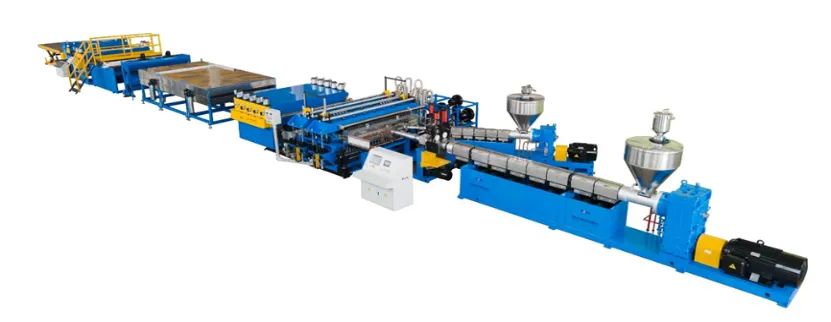Mastering the Art of Fastening: A Comprehensive Guide to Screwing into Corrugated Steel
When it comes to construction and fabrication, corrugated steel is a popular choice due to its strength, durability, and versatility. However, fastening materials to corrugated steel can be a challenge if not approached correctly. This article aims to provide a detailed, step-by-step guide on how to screw into corrugated steel effectively, ensuring a secure and lasting connection.
Understanding Corrugated Steel
Before diving into the fastening process, it’s essential to understand the structure of corrugated steel. This material consists of alternating ridges and valleys, which provide strength while minimizing weight. The unique profile of corrugated steel requires specific techniques and tools for effective fastening.
Selecting the Right Screws
The first step in successfully screwing into corrugated steel is choosing the appropriate screws. Here are some key considerations:
- Material: Opt for screws made from corrosion-resistant materials such as stainless steel or galvanized steel. This is particularly important if the installation is exposed to moisture or harsh environmental conditions.
- Type: Self-drilling screws, also known as Tek screws, are ideal for corrugated steel. They come with a drill point that allows them to penetrate the steel without pre-drilling, making the installation process quicker and easier.
- Length: The length of the screw should be sufficient to penetrate the steel and provide a secure hold. Generally, a screw length of 1 to 1.5 inches is suitable for most corrugated steel applications, but this can vary based on the thickness of the material being fastened.
Tools Required
To screw into corrugated steel effectively, you will need the following tools:
- Power Drill: A high-torque power drill is essential for driving screws into steel. Ensure that it has a clutch setting to prevent over-tightening.
- Screwdriver Bit: Use a screwdriver bit that matches the head of the screws you are using (e.g., Phillips, hex, or square).
- Safety Gear: Always wear safety goggles and gloves to protect yourself from metal shavings and sharp edges.
Step-by-Step Guide to Screwing into Corrugated Steel
- Preparation: Before starting, ensure that the area is clean and free from debris. If you’re fastening something to the corrugated steel, position it accurately and mark the points where the screws will go.
- Pre-drilling (if necessary): While self-drilling screws can penetrate corrugated steel without pre-drilling, it may be beneficial to create pilot holes, especially if the steel is particularly thick or if you are using standard screws. Use a drill bit that is slightly smaller than the diameter of the screw.
- Align the Material: If you are attaching another material (like plywood or insulation) to the corrugated steel, align it properly. Ensure that it sits flat against the steel to avoid any gaps that could compromise the integrity of the connection.
- Insert the Screw: Position the screw at a 90-degree angle to the surface of the corrugated steel. Begin drilling slowly to ensure the screw enters straight. Once the screw has penetrated the steel, increase the speed to drive it in fully.
- Check for Tightness: After the screw is in place, check to ensure it is tight but not over-tightened, as this can strip the threads or damage the material.
- Repeat: Continue this process for all screws, ensuring they are evenly spaced and securely fastened.
Common Mistakes to Avoid
- Using the Wrong Screw Type: Always use self-drilling screws for corrugated steel to avoid complications during installation.
- Over-tightening: This can lead to stripped holes or damage to the steel. Use a torque setting on your drill to prevent this.
- Neglecting Safety: Always prioritize safety by wearing appropriate gear and ensuring your workspace is clear.
Conclusion
Screwing into corrugated steel may seem daunting, but with the right tools, materials, and techniques, it can be accomplished efficiently and effectively. By following this comprehensive guide, you can ensure that your fastenings are secure, durable, and capable of withstanding the test of time. Whether you are working on a construction project, a DIY endeavor, or any application involving corrugated steel, mastering this skill will enhance your craftsmanship and project outcomes.

Average Rating